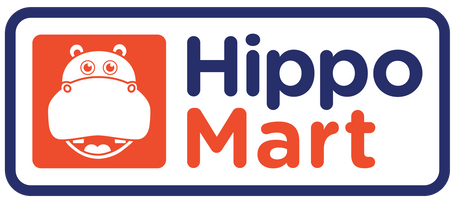
The Future of Smart Home Living: Convenience, Security, and Beyond
The concept of a smart home isn't science fiction anymore. Today's homes are becoming increasingly intelligent, seamlessly integrating technology to improve our lives. But what does the future hold for smart home living? Let's explore the exciting possibilities that await just around the corner, including how sensor bins can play a key role.
Beyond Convenience: A Personalized Symphony of Automation
Smart homes are already known for their convenience – dimming lights with your voice, remotely adjusting thermostats, or having the coffee pot brew before you wake up. But the future goes beyond these basic functionalities. Imagine a home environment that anticipates your needs and adjusts accordingly.
- Predictive Automation: Imagine a system that learns your routines and preferences, automatically adjusting lighting, temperature, or even playing music based on the time of day or activity.
- Hyper-connectivity: Seamless communication between all your smart devices will become the norm. Your oven might preheat based on a recipe selected on your smart fridge, or your security system could disarm upon recognizing your face.
Enhanced Security: A Fortress of Awareness
Security is a top concern for homeowners, and smart homes will become even more secure in the future. Here are some possibilities:
- Proactive Security Measures: Smart systems will go beyond simple alerts. Imagine facial recognition door locks or AI-powered systems that can detect suspicious activity and trigger appropriate responses.
- Integrated Monitoring: All your security devices – cameras, motion sensors, door locks – will work together as a unified system, providing a holistic view of your home's security.
Beyond the Walls: A Connected Ecosystem
The future of smart homes extends beyond the physical walls of your residence. Imagine a world where your smart home interacts with the surrounding environment:
- Smart Neighborhoods: Homes could communicate with each other, optimizing energy usage or coordinating security measures across a community.
- City Integration: Smart homes could connect with city infrastructure, automating tasks like trash collection or adjusting traffic lights based on real-time occupancy data.
Introducing the Sensor Bin: A Hygienic and Streamlined Addition
Sensor bins are a prime example of how smart home technology can enhance even the most mundane tasks. Imagine a bin that:
- Opens automatically as you approach, eliminating the need to touch a potentially germy surface.
- Seals odors with an airtight lid, keeping your kitchen or bathroom fresh.
Sensor bins are a simple yet impactful addition to your smart home, promoting hygiene, convenience, and a more streamlined waste management experience.
The Future is Bright, But Challenges Remain
While the future of smart home living is brimming with potential, there are challenges to address:
- Standardization and Interoperability: Different brands and protocols need to work seamlessly together for a truly unified smart home experience.
- Data Privacy and Security: As homes become more connected, robust cybersecurity measures will be crucial to protect user data.
Embracing the Future of Smart Living
The future of smart homes is a future of convenience, security, and a deeper connection between technology and our living spaces. By embracing innovation and addressing challenges, we can create homes that are not just places to live, but intelligent partners in our everyday lives. Sensor bins are just one example of the exciting possibilities that lie ahead.

Leave a comment